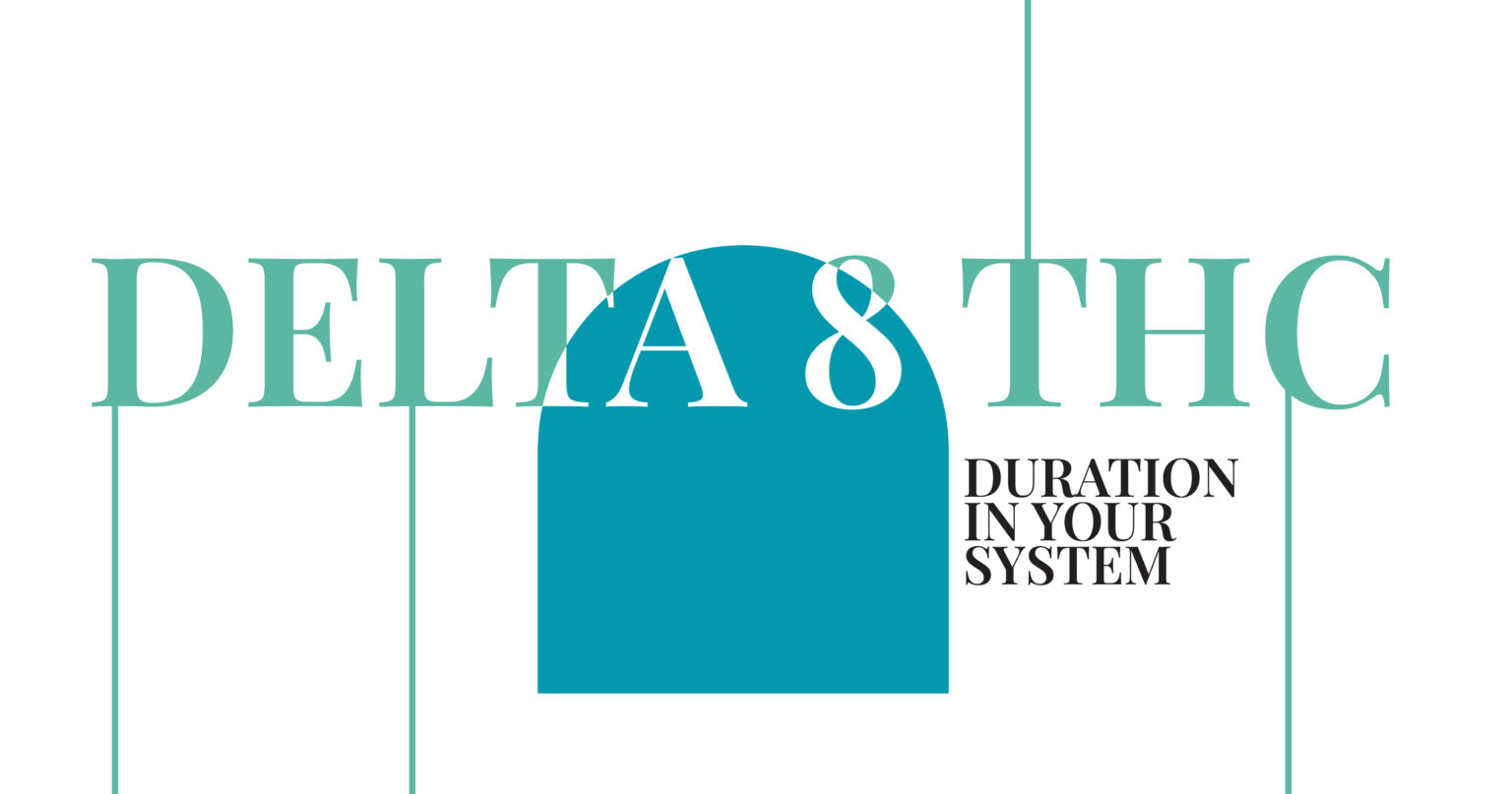The CIWA Protocol is a way to assess the severity of alcohol withdrawal symptoms in someone with alcohol dependence. Severe withdrawal symptoms can be dangerous or deadly, so proper medical attention and care are necessary.
What Does CIWA Stand For?
CIWA stands for the Clinical Institute Withdrawal Assessment for Alcohol. You’ll also see the CIWA medical abbreviation written as CIWA-Ar score, a revised variation.
The CIWA-Ar is a shorter and improved version of the assessment of alcohol withdrawal. The revised Clinical Institute Withdrawal Assessment is a way to provide objectivity to the symptoms of alcohol withdrawal severity. The revised variation was created by the Centre For Addiction and Mental Health and is the most commonly used scale for withdrawal from alcohol.
Using the scale allows care providers to find the best approach to managing alcohol withdrawal.
Understanding Alcohol Withdrawal
Below we’ll go into more detail about the CIWA scale and scoring system, but first, it’s helpful to understand the process of alcohol withdrawal.
- When you drink alcohol, particularly in large amounts or over longer periods, you’re likely to develop a tolerance that can lead to dependence.
- Tolerance to alcohol requires you to drink more overtime to get the same effects you’re seeking, like relaxation or euphoria.
- Tolerance and dependence often occur together.
- When you drink alcohol, it affects the balance of neurotransmitters in your brain.
- Your body comes to depend on the presence of alcohol for normal functioning, or at least the new normal.
- Excessive alcohol use excites the nervous system. Eventually, your central nervous system can’t adapt to things without alcohol.
- If you stop drinking suddenly, you may experience symptoms. Even reducing their alcohol intake can lead to these symptoms for heavy drinkers.
- Alcohol withdrawal syndrome or AWS can include a combination of mental and physical symptoms, which in severe cases, can be life-threatening.
Who’s at Risk for AWS?
Someone who drinks heavily regularly or has an alcohol use disorder is at risk for withdrawal symptoms.
- AWS is most common in adults compared to teens who drink.
- According to the Centers for Disease Control and Prevention (CDC), heavy drinking is more than eight drinks a week for women.
- For men, heavy drinking is more than 15 drinks a week.
- If you have a history of alcohol withdrawal in your past medical record, this could increase the risk of happening again.
- The longer your history of alcohol dependence, the higher the risk of complicated alcohol withdrawal syndrome.
- Having co-occurring mental disorders or physical health conditions like severe liver disease can make withdrawal more complex and challenging to treat.
Symptoms of Withdrawal from Alcohol
The symptoms of withdrawal from alcohol can start from six hours after the last drink to a few calendar days after.
At least two of the following are present in most people, even with mild alcohol withdrawal:
- Anxiety
- An intense alcohol craving
- Tremors
- Nausea
- Vomiting
- Increases in heart rate
- Sweating
- Confusion
- Insomnia
- Irritability
- High blood pressure
Symptoms may get worse two to three days after they start. Mild symptoms may continue for weeks or even months.
In severe cases of AWS, delirium tremens may occur. DT symptoms and patient characteristics include:
- Severe confusion and agitation
- Fever
- Alcohol withdrawal seizures
- Severe hallucinations, which can be visual or auditory
- Symptoms similar to acute psychosis
- Alcohol withdrawal delirium
- Excessive sweating
- Fast breathing
- High heart rate
- Increased blood pressure
Severe symptoms of AWS are a medical emergency requiring immediate care.

Diagnosing AWS with the CIWA Protocol
The CIWA-Ar alcohol withdrawal protocol is a way to diagnose the symptoms of alcohol withdrawal syndrome. A doctor will go through your complete medical history and learn about your symptoms before a physical examination.
Signs a doctor will look for inpatients in alcohol withdrawal include hand tremors, a fever, dehydration, or an irregular heart rate. A medical professional could also perform a toxicology screen, telling them how much alcohol is in your body currently.
The CIWA protocol is a set of questions to measure symptoms and severity when someone is withdrawing from alcohol. The CIWA scale is a way to diagnose the condition.
The CIWA scale looks at ten symptoms. CIWA scoring then assigns a number between 0 and 7, indicating the severity.
The symptoms used in the CIWA scale and CIWA-Ar scoring system include:
Nausea or Vomiting
A care provider will ask if you feel sick to your stomach or whether or not you vomited. If you have no nausea or vomiting, the scoring system assigns a zero indicating minor withdrawal symptoms, at least in this area.
In the middle are intermittent nausea and dry heaves, receiving a 4. The most serious score of seven is for constant nausea, and frequent dry heaving and vomiting, possibly indicating major withdrawal symptoms.
Tremors
The health care provider will ask alcohol withdrawal patients to extend their arms and spread their fingers. A zero score means no tremors are present. A score of seven means severe tremors occur even without extending the arms.
Paroxysmal Sweats
Sweating is one of the common clinical characteristics of withdrawal from most substances. If you have symptoms like beading sweat on your forehead, you’re assigned a four. If you’re experiencing drenching sweats, the CIWA scale assigns a score of seven.
Anxiety
Symptoms can range from no anxiety to moderate anxiety, and with a score of seven, you would be experiencing anxiety similar to acute panic. Acute panic is seen in severe delirium on the CIWA-Ar Scale.
Agitation
Severe agitation symptoms potentially warranting a score of seven could include pacing throughout an interview with a medical professional or thrashing.
Tactile Disturbances
A healthcare provider could ask whether you’re experiencing itching, burning, pins, and needles, numbness, or the sensation of something crawling on your skin. Someone experiencing severe and continuous hallucinations would score six or seven concerning this symptom.
Auditory Disturbances
A doctor or medical provider could ask whether you hear sounds or are more aware of them. Like tactile disturbances, a score of six or seven on this symptom indicates you potentially have severe withdrawal.
Visual Hallucinations or Disturbances
Particular symptoms of this could include feeling like the light is too bright, it’s hurting your eyes, or you see images you know aren’t there. The scoring is similar to tactile and auditory hallucinations.
Feelings of Pain or Fullness in the Head
If you’re going through withdrawal from alcohol, you could have a headache, feel like there’s a band around your head, or feel dizzy and lightheaded. The more intense the sensations, the more likely someone is to have severe alcohol withdrawal.
Orientation
Questions used to determine whether or not someone is experiencing any symptoms related to disorientation include what day it is and where you are. The scoring system for this set of symptoms only goes up to a four, indicating disorientation or severity of delirium in alcohol withdrawal.
Treatment for Alcohol Withdrawal in Southern California
The CIWA-Ar protocol is just one way a medical professional can assess your symptoms or the severity of withdrawal your loved one is experiencing. The overall goal of the scale is to provide an increase in efficiency to assess withdrawal.
- When the scale is used, it can help reduce the potential for over-sedation with high doses of benzodiazepines which are often used in detox treatment for alcohol.
- Over-sedation was more frequent than it is now since there weren’t standardized diagnostic criteria.
- Benzodiazepine-based therapy can treat withdrawal but is reserved for someone high on the severity scale rather than with mild withdrawal.
- If benzodiazepine doses are used as a medication for withdrawal, practitioners have to be careful. The goal is the shortest possible benzodiazepine treatment duration. The short duration of treatment is critical since benzos have abuse potential.
- Along with a shorter duration, alternative medicines are often used as treatment options, such as beta-blockers in alcohol-dependent patients.
Then, the treatment for alcohol withdrawal depends on the severity of the symptoms.
- For some people, treatment might occur on a supervised outpatient basis. Other people require inpatient detox in rehab or a medical center.
- A hospital setting may be needed for acute alcohol withdrawal in the most severe cases.
- Medical detox provides monitoring of patients and helps them stay safe and comfortable with individualized treatment and adjunctive medications.
- Active withdrawal can last a few days to a week for most people. Acute withdrawal generally gets better within a week, even when milder or moderate withdrawal symptoms linger.
- Certain medications can help minimize even the most severe symptoms for patients with alcohol withdrawal.
- Therapy for alcohol withdrawal is symptom-triggered therapy with consideration for the individual above everything else.
If you’re interested in learning more about detoxing and subsequent treatment for alcohol dependence and addiction in Southern California, reach out to us. We specialize in the care of patients undergoing treatment for withdrawal and dependence.
Opus Health will work to create a strategy for alcohol withdrawal that helps you in a tailored way to move into an addiction treatment setting more successfully, call 855-953-1345 to learn more.




